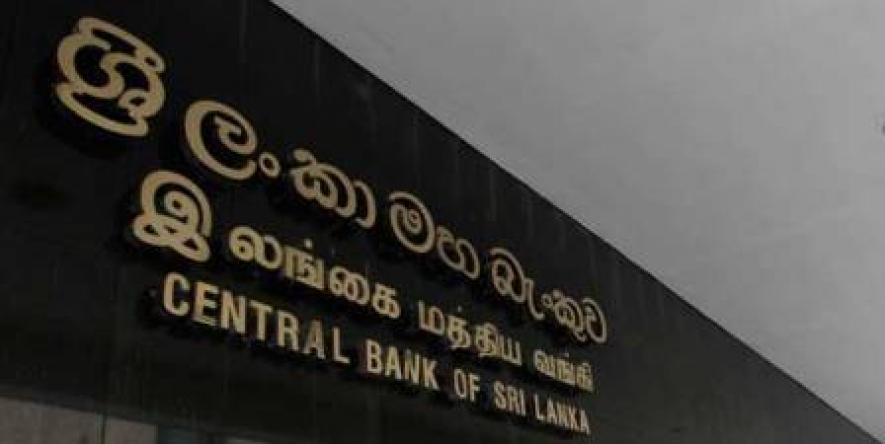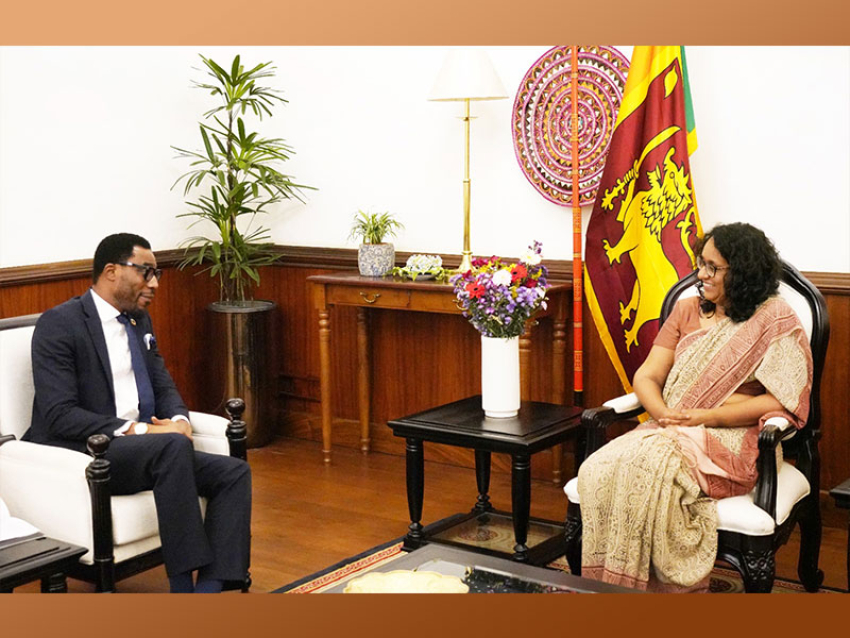Earnings from seafood and minor agricultural products, particularly fruits and betel leaves, also contributed towards enhanced export earnings.
“On a cumulative basis, export earnings recorded the historically highest value of $11.4 billion in 2017 mainly due to the notable increase in tea, textiles and garments, and petroleum products exports. In addition, spices and seafood exports also contributed towards the increase in exports during 2017. Nevertheless, earnings from gems, diamonds and jewellery, leather, travel goods and footwear and coconut declined during the year.”
The leading markets for merchandise exports of Sri Lanka during 2017 were the US (25.6%), the UK (9.1%), India (6.1%), Germany (4.7%) and Italy (4.7%) accounting for about 50% of total exports.
Surpassing the $2 billion mark for the first time, expenditure on imports increased in December 2017. The significant expansion in import expenditure was largely driven by the expenditure on fuel, owing to increased prices and import volumes of refined petroleum products and coal.
Further, import expenditure on base metals also increased mainly due to higher imports of iron and steel. Import expenditure on rice increased further in December 2017 due to the importation of rice to fulfil the shortage in the domestic market, although there was a decline in average import prices. Further, expenditure on gold imports increased considerably during the month, reflecting higher volumes.
In addition, import expenditure on personal vehicles increased owing to imports of electric motor vehicles following the reduction in taxes on electric motor vehicles in the Budget 2018. However, expenditure on wheat and maize decreased significantly during the month, mainly due to the decline recorded in imported volumes of wheat despite the increase recorded in average import prices.
Furthermore, import expenditure on machinery and equipment declined in December 2017, mainly due to lower imports of engineering equipment and electrical machinery and equipment. The import of cement clinker (63.2%) and cement (18.3%) declined during the month.
On a cumulative basis, import expenditure recorded its historically highest value of $21 billion in 2017. This was largely led by higher imports of fuel and rice. In addition, expenditure on gold and wheat imports increased significantly during the year. However, import expenditure on machinery and equipment, sugar, spices and fertiliser declined during the year. India (21.4%), China (18.8%), the UAE (7.5%), Singapore (6.2%) and Japan (5%) were the main import origins accounting for about 59% of total imports during 2017.
Inflows on account of foreign investments in the government securities market and the Colombo Stock Exchange (CSE), long-term loan inflows to the Government, proceeds of the Hambantota Port in the form of FDI as well as the receipt of the fourth tranche under the EFF from the IMF were instrumental in strengthening the financial account of the BOP in December 2017.
Foreign investments to the government securities market witnessed a net inflow for the tenth consecutive month. Foreign investments in the CSE also recorded a net inflow for December and for 2017.
However, as repayment of foreign loans outweighed inflows, Government long-term loans (net) recorded a yearon-year decline in December as well as for the whole of 2017.
The gross official reserves of the country reached $8 billion (equivalent to 4.6 months of imports) by end-2017 compared to $6 billion recorded at end-2016. Total foreign assets, which include foreign assets of the banking sector, also increased to $10.4 billion (equivalent to six months of imports) as at end-2017 from $ 8.4 billion recorded as at end-2016.
The Sri Lankan rupee, which depreciated by 2% in 2017, further depreciated by 1.6% against the US dollar in 2018 up to 21 February. Furthermore, reflecting cross currency movements, the rupee also depreciated against other major currencies during this period.



















